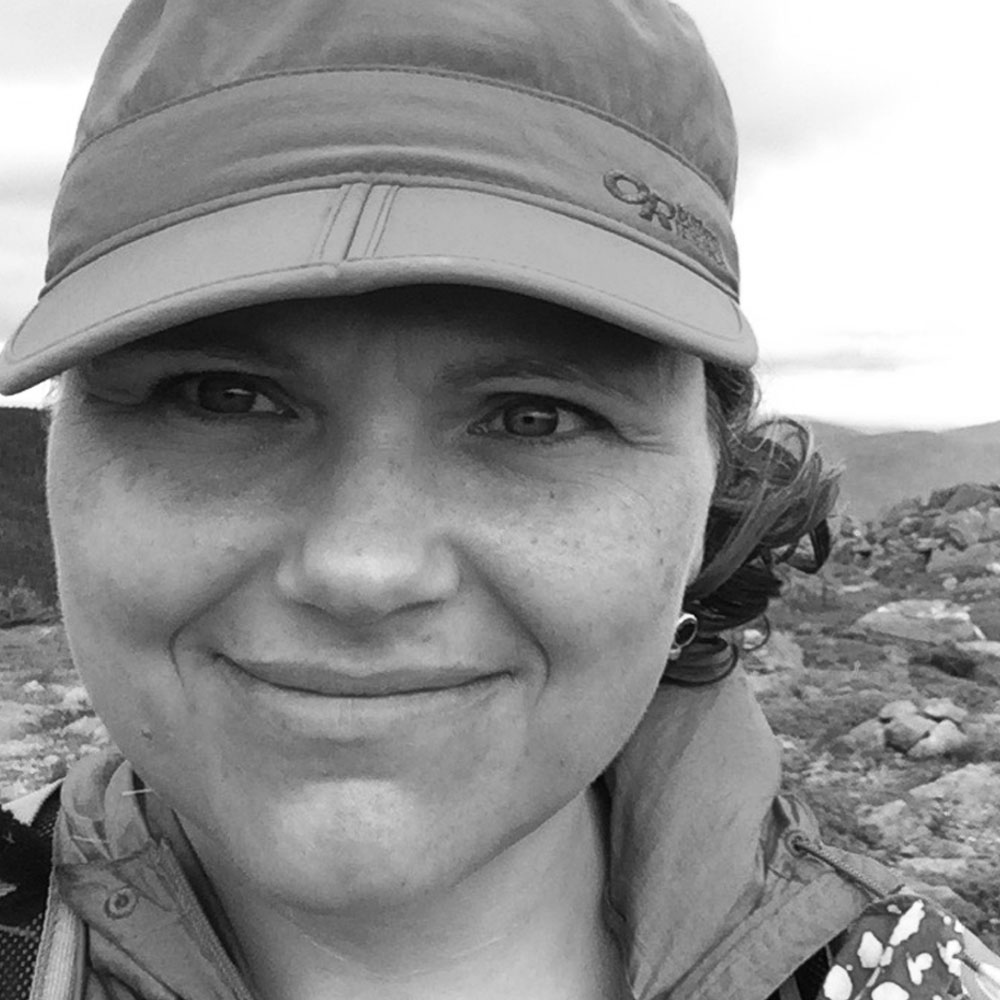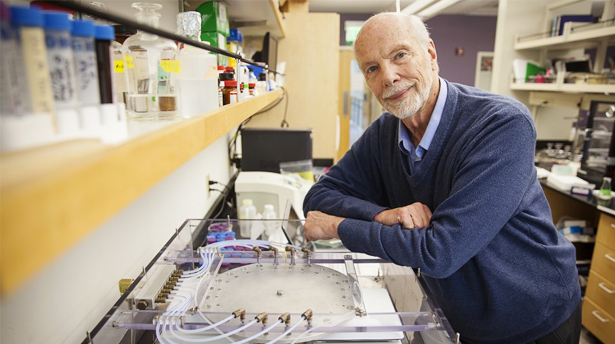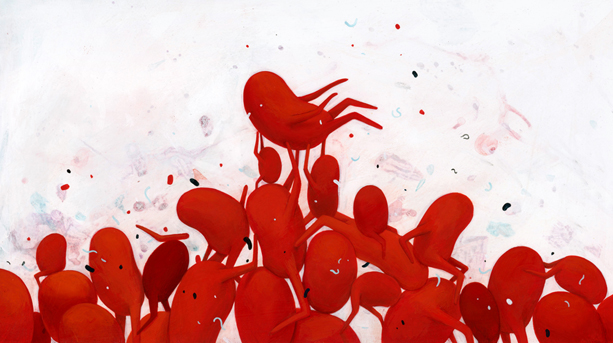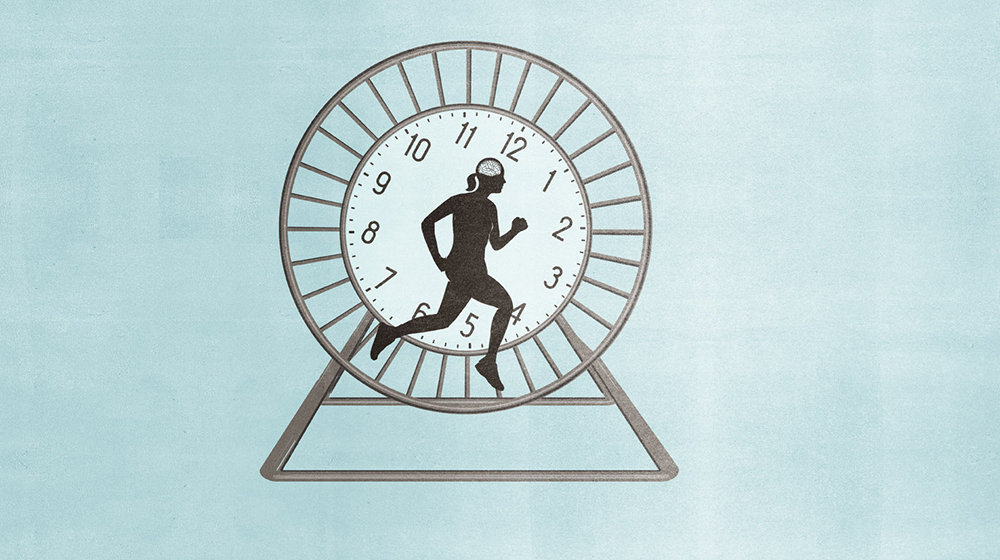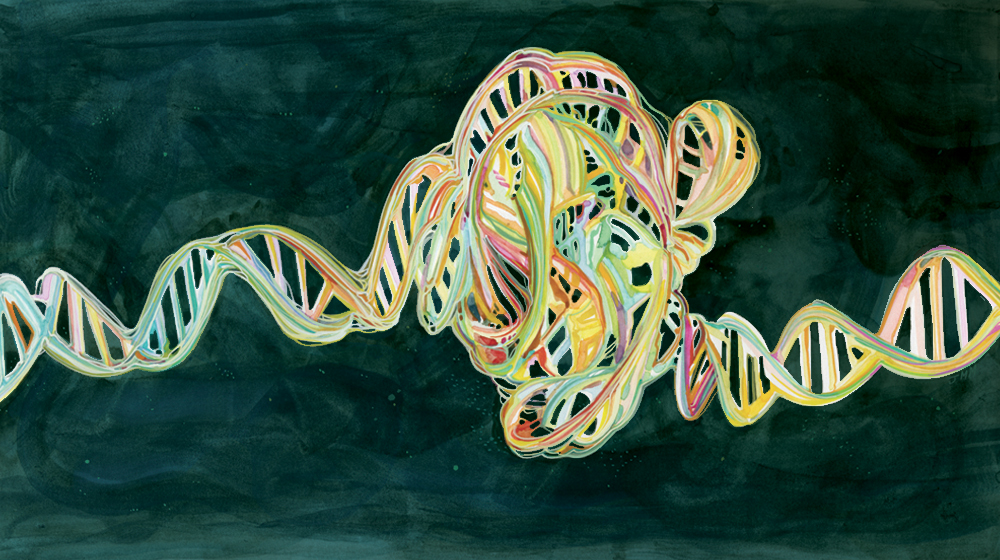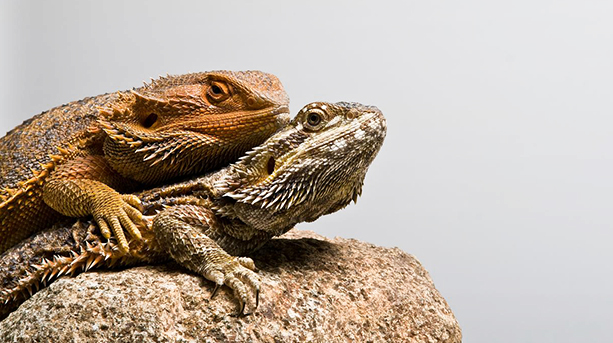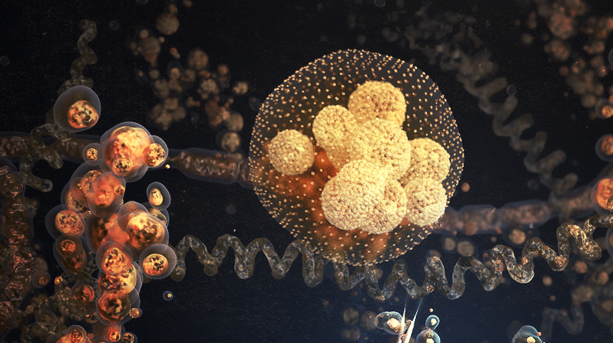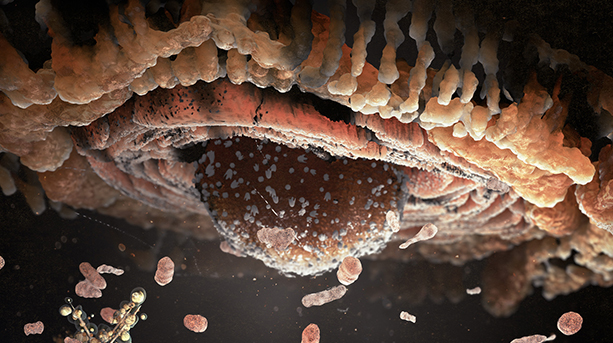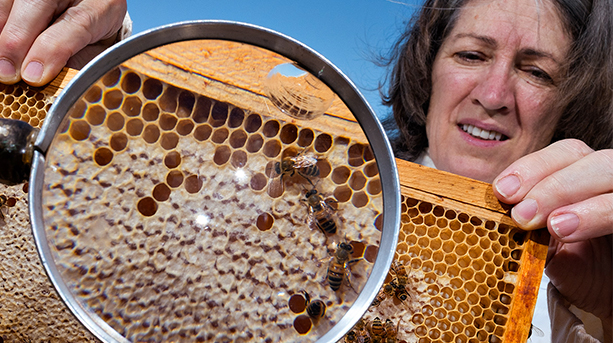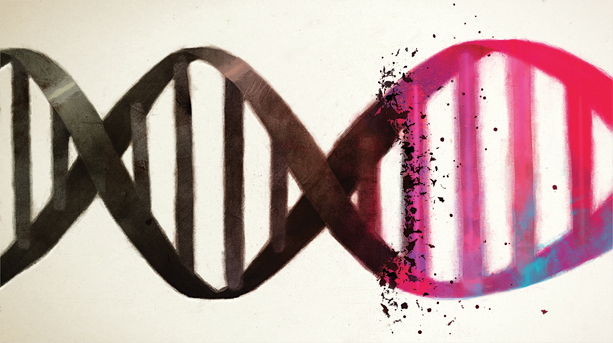Latest Articles
In Warm, Greasy Puddles, the Spark of Life?
The biologist David Deamer proposes that life evolved from a collection of interacting molecules, probably in a pool in the shadow of a volcano.
How to Build Life in a Pre-Darwinian World
Perhaps chemistry played a more instrumental role in the origin of life than scientists thought.
New Clues to How the Brain Maps Time
The same brain cells that track location in space appear to also count beats in time. The research suggests that our thoughts may take place on a mental space-time canvas.
How Strange Twists in DNA Orchestrate Life
Coils and twirls in DNA’s double-helix change how the molecule behaves, opening a new role for topology in the study of life.
The Incredible Shrinking Sex Chromosome
Nature offers species a panoply of ways to determine an organism’s sex. That flexibility suggests we need not be concerned about losing sex chromosomes, but it raises the question of why such a fundamental property is so variable.
Life’s Secrets Sought in a Snowflake
A single genetic change and some clever geometry show how single-celled organisms can band together to form cooperative multicellular entities.
Mongrel Microbe Tests Story of Complex Life
A newly discovered class of microbe could help to resolve one of the biggest and most controversial mysteries in evolution — how simple microbes transformed into the complex cells that produced animals, plants and fungi.
An Explorer of Life’s Deepest Partnerships
The biologist Nancy Moran has spent a career investigating the surprising nature of symbiosis, a phenomenon in which two species can appear to merge into one.
A Surprise Source of Life’s Code
Emerging data suggests the seemingly impossible — that mysterious new genes arise from “junk” DNA.
